The men who knew infinity
-
- from Shaastra :: vol 01 issue 04 :: Jul - Aug 2022
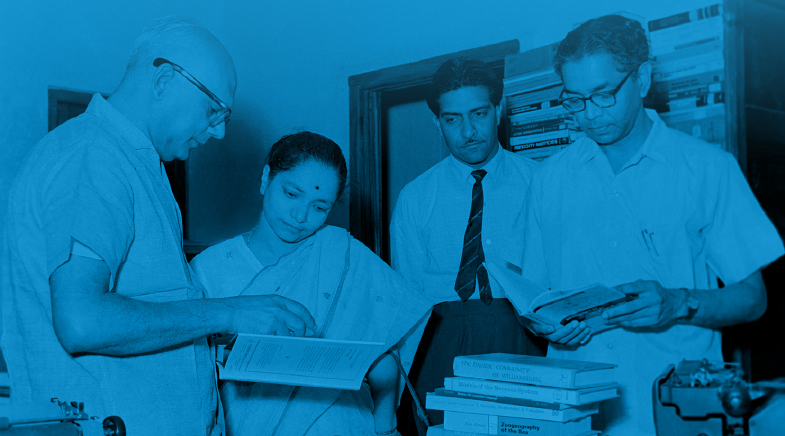
Indian mathematicians continue to do research that is noticed around the world.
Contemporary mathematics started in India soon after English education was introduced. The first Indian mathematician to be known outside the country was Ganesh Prasad, born in 1876 in eastern Uttar Pradesh. Prasad worked on functions of a real variable, among other things, and catalysed the progress of mathematics and science in India. Then came K. Ananda Rau and Srinivasa Ramanujan, who were friends and had studied at Cambridge. Ananda Rau made significant contributions to functions of a complex variable. Ramanujan became one of the greatest mathematicians of all time, with extraordinary contributions to number theory, infinite series and continued fractions.
Ramanujan died in 1920. Anand Rau continued to work and some of his students — such as S.S. Pillai and T. Vijayaraghavan — became prominent mathematicians. In Madras, Father C. Racine, a French Professor of Mathematics, started inspiring young mathematicians soon after he arrived in 1939 in Loyola College. At least six of his students went on to become mathematicians who were known around the world.
Original mathematics was not confined to Madras. Andre Weil, one of the greatest mathematicians of the 20th century, taught at Aligarh Muslim University.
The founding of the Tata Institute of Fundamental Research (TIFR) in 1945 was a major event in 20th-century Indian mathematics. Homi Bhabha got K. Chandrasekharan, one of the finest mathematicians in the world, to establish the Mathematics Department at TIFR. Over the next three decades, the department was the crown jewel of the institute, producing a steady stream of fundamental work. Meanwhile, in Calcutta, P.C. Mahalanobis had set up the Indian Statistical Institute in 1931. By the time of independence, it was considered a model institution by any benchmark.
These two institutions kept the mathematics fire burning for a long time. They were joined later by the Indian Institute of Science, the Institute of Mathematical Sciences and a few others. The current generation of mathematicians continues to do research that is noticed around the world, and Indian mathematicians are being invited more and more to deliver talks at important conferences.
We have restricted this section largely to profiles of mathematicians, with descriptions of their work whenever possible.
M.S. NARASIMHAN
M.S. Narasimhan was born in a village 100 km from Pondicherry. After studying at a school in a nearby town, to which he went by bullock cart, he joined Loyola College. He came under the influence of Father Racine, who was a student of Elie Cartan, one of the greatest mathematicians of the 20th century. Racine knew the trends in contemporary mathematics well and encouraged Narasimhan to join TIFR, where he started working under K. Chandrasekharan for a PhD. Narasimhan interacted with the best mathematicians in the world, went for a three-year stint to Paris, came back and got his PhD in 1960. He worked at TIFR till his retirement, producing some of the most original mathematics to come from modern India.
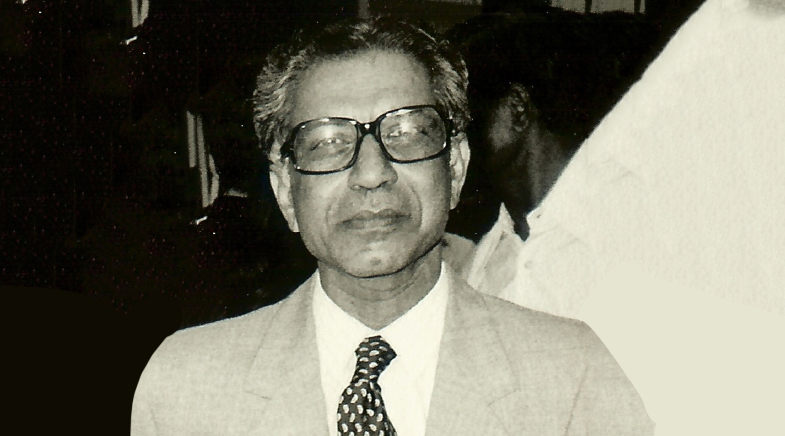
Although Narasimhan has done a lot in mathematics algebraic geometry and number theory, he is best known for a theorem that bears his name, along with that of his colleague C.S. Seshadri. In technical terms, Narasimhan and Seshadri derived the necessary and sufficient conditions for stable vector bundles over a Riemannian surface. The theorem connects two branches of mathematics and has found application in some areas of mathematical physics. Narasimhan also mentored a large number of students who became prominent mathematicians.
C.S. SESHADRI
In many ways, C.S. Seshadri's career mirrored M.S. Narasimhan's. Seshadri was from Kanchipuram in Tamil Nadu. Three months older than Narasimhan, he, too, studied mathematics at Loyola College in Madras and came under the influence of Father Racine. Racine asked him to go to TIFR for a PhD. Seshadri got his PhD working under K. Chandrasekharan, too, and, like Narasimhan, spent three years in Paris. He returned to TIFR in 1960. By then he was already famous, having proved an important theorem about vector bundles, a rapidly developing idea in geometry. Soon after his return, Seshadri and Narasimhan started to collaborate almost unwittingly on vector bundles. The collaboration finally resulted in their famous theorem.
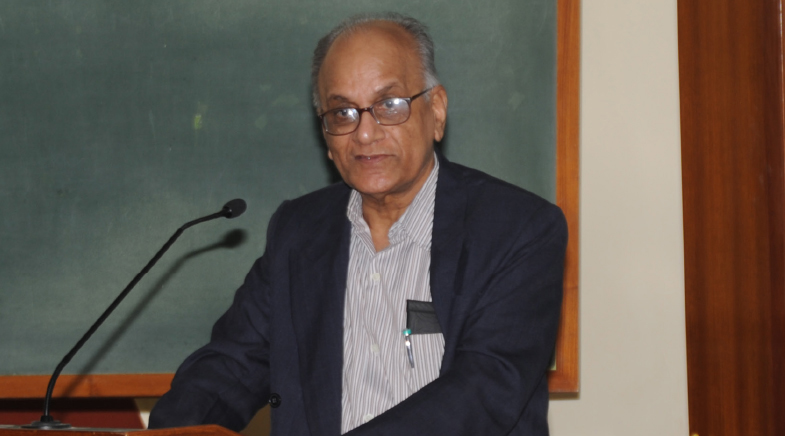
During the rest of his career, Seshadri developed an impressive amount of work on algebraic geometry, which studies polynomial equations and their solutions, and the geometric implications of the solutions. He became a leader in the field, proving several theorems and obtaining interesting results, some of which now bear his name. After his time at TIFR, to fulfil his dream of an undergraduate programme taught by active researchers, Seshadri set up the SPIC Mathematical Institute, which is now known as the Chennai Mathematical Institute. It is considered one of the best centres for mathematics education in the world.
M.S. RAGHUNATHAN
Along with M.S. Narasimhan and C.S. Seshadri, M.S. Raghunathan formed the core of mathematicians at TIFR. Raghunathan had shown his talent very early, and not just in mathematics. He came from a scholarly family, studied Sanskrit literature and wrote short stories in Tamil. His teachers saw his talent and encouraged him to study further. He was selected as a research scholar in TIFR after his BSc, at the age of 19. He was surrounded by world-class mathematicians, and immersed himself in research mathematics.
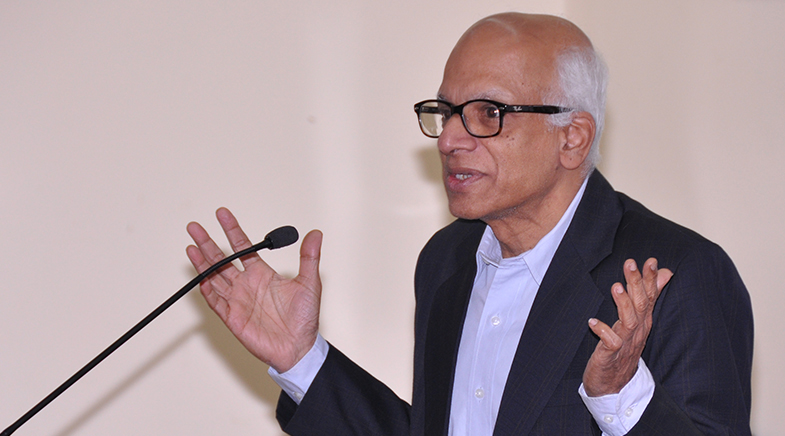
His special interest was in topology, the study of properties and relationships that remain unchanged as objects change shapes. Raghunathan got to work with Narasimhan, considered one of the best geometers in the world. He started publishing major results soon after he started research. His work on Lie groups — a special kind of geometric objects — made him known around the world. So much so that, in 1970, he was invited to address the International Congress of Mathematicians (ICM) at the age of 29. In 2010, he was instrumental in bringing ICM to India for the first time.
P.C. MAHALANOBIS
The achievements of P.C. Mahalanobis are diverse, but a few core contributions stand out. First is the development of what is known as the Mahalanobis distance, a measure of the comparison between two sets of data. In more technical terms, it is a measure of how much a point has deviated from a distribution. He formulated this in 1936, while trying to find similarities in human skull measurements. It is widely used for cluster analyses and classification in statistics.
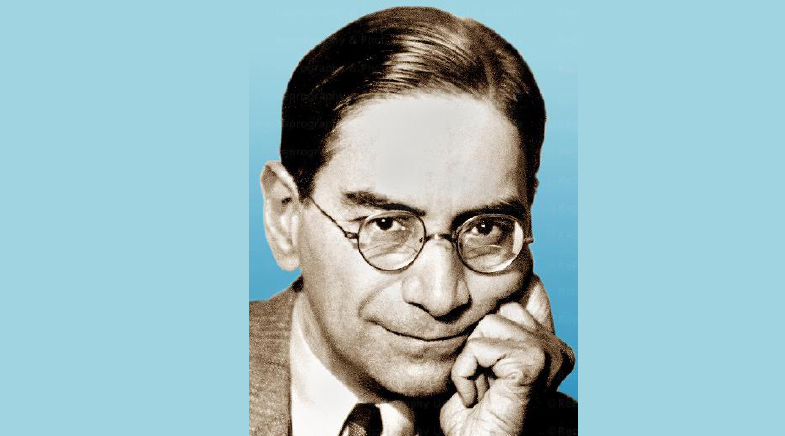
His second major contribution was the setting up of the Indian Statistical Institute, which became a major centre for statistical research in the world, earning admiration from some of the world's leading statisticians. Mahalanobis developed a tabulating machine that he'd installed at home in Calcutta. He soon realised its importance for scientific research and this in a way was responsible for kicking off the IT revolution in India. The institute also paved the way for the advent of computing.
As a member of India's first Planning Commission, Mahalanobis had a major role to play in several aspects of modern India.
S. SHRIKHANDE
S. Shrikhande is the only Indian mathematician whose work has been featured on the front page of The New York Times. In 1959, Srikhande, then a Visiting Professor at the University of North Carolina, had presented a paper — along with two other mathematicians — that disproved the Euler Conjecture. Euler had formulated the conjecture in 1782, and it said that there were no Latin squares of the order 4n+2 for every n. The paper by Shrikhande and his collaborators led to a spurt in research in statistical design.
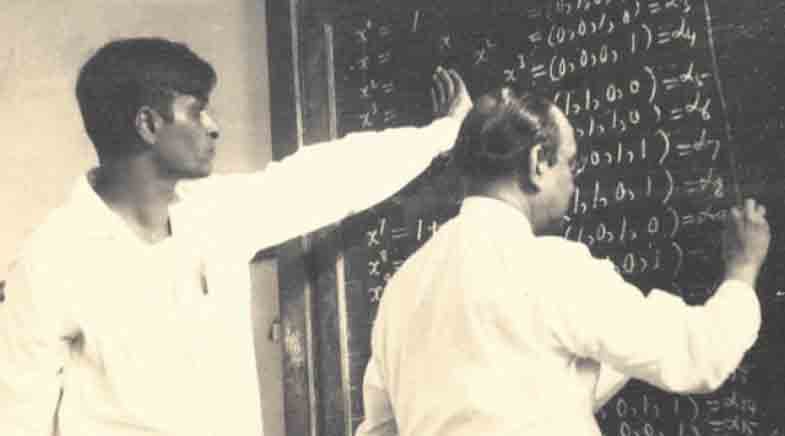
Shrikhande had studied at Nagpur and then at the University of North Carolina, where his supervisor was R.C. Bose, a statistician from Calcutta with whom he disproved the Euler Conjecture.
After his PhD, Shrikhande returned to India and worked at Bombay University. During his long career, he made substantial contributions to combinatorics, including a graph that now bears his name. This field went through an explosion in the 1940s and 1950s, with contributions from several mathematicians including Shrikhande.
C.P. RAMANUJAM
C.P. Ramanujam was such a gifted mathematician that there was supposedly deep disappointment at TIFR when he did not make any significant breakthroughs by the age of 22. Like the more famous Srinivasa Ramanujan, Ramanujam always looked for beauty in mathematics and held himself to very high standards. He grew up in Kumbakonam and got his undergraduate degree from Loyola College, where he became yet another mathematician influenced by Father Racine. He was also sent off by Racine to TIFR.
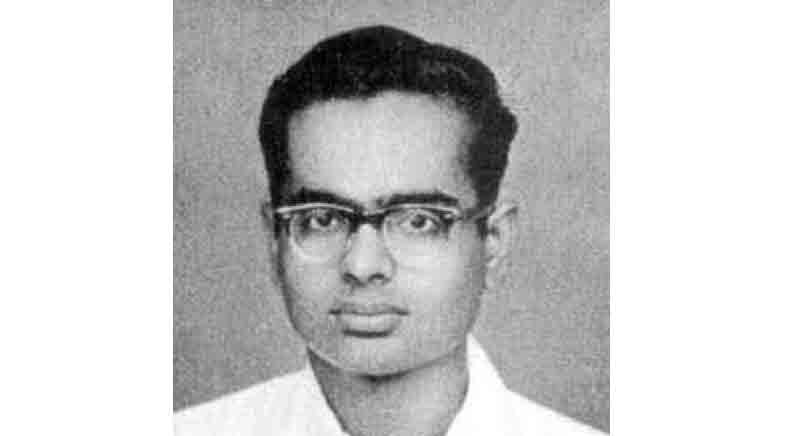
Transcribing the lectures of famous visiting mathematicians was a rite of passage for young students at TIFR. Ramanujam showed his mettle when he transcribed the lectures of the German Max Deuring, in which he extended and simplified many arguments. After a few years, he made some original contributions to algebraic number theory, which included a simple proof of the Hilbert-Waring theorem. Ramanujam, who suffered from schizophrenia and depression, died by suicide at the age of 36.
V.K. PATODI
Like C.P. Ramanujam, Vijay Kumar Patodi was a gifted student from whom great things were expected by his teachers. He grew up in Ujjain and did his Master's degree from Banaras Hindu University. After a brief period at Bombay University, he went to TIFR for his PhD.
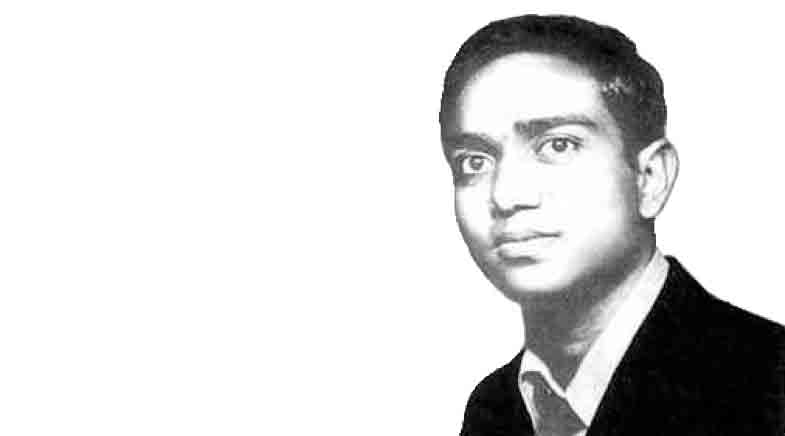
In 1971, when he was 26, Patodi published a paper in the Journal of Differential Geometry that brought him instant fame. The paper was an alternative approach to a famous theorem in mathematics, called the Riemann-Roch-Hirzebruch theorem, using the fundamental solution of the heat operator.
Patodi continued to work on the implications of his paper, producing some very significant mathematics. He published several famous papers in collaboration with the mathematician Michael Atiyah. By this time, he had been diagnosed with a serious medical condition that needed a kidney transplant. He died soon after the surgery, at the age of 31.
MANINDRA AGRAWAL
Major breakthroughs in science rarely come from India — and are celebrated widely when they do. Mathematics, in some ways, has been an exception. This section is filled with Indians who made fundamental contributions to mathematics or statistics, achievements that opened up new areas or with wide applications to other fields. In 2002, computer science was added to this list when Manindra Agrawal and his students at IIT Kanpur developed a computer algorithm to prove whether a number was prime within a defined time period. It is now called the AKS Primality Test, after Agrawal and his students Neeraj Kayal and Nitin Saxena.
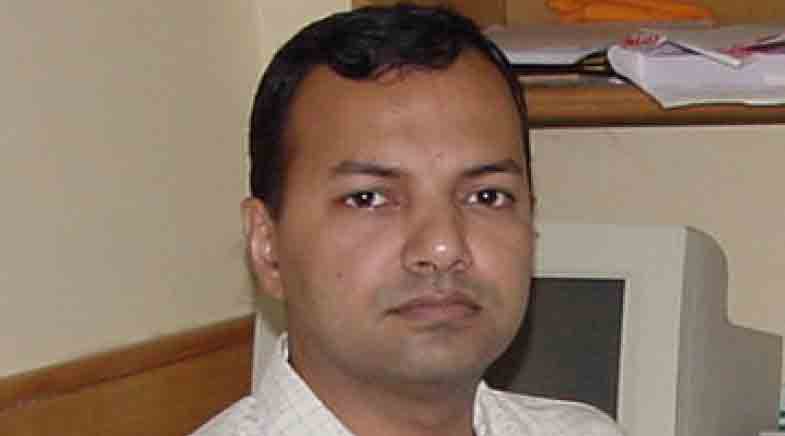
A prime number is one that is divisible only by 1 and itself. They crop up periodically as we count the numbers upwards, but without any pattern. There is no formula for predicting a prime number. Checking whether a number is prime is also difficult for very large numbers, and there hasn't been a satisfactory method that satisfied four conditions — being general, executed fast (polynomial time, in computer jargon), deterministic and unconditionally correct. The AKS Primality Test is the first one to satisfy all four conditions.
C.R. RAO
At the ripe age of 101, Calyampudi Radhakrishna Rao is a living legend of statistics. A doctoral student of the British polymath Ronald Fisher, Rao has left his imprint not just on statistics but on fields as varied as economics, genetics, anthropology, geology, national planning, demography and medicine. His contributions to statistics are too numerous to be mentioned in a few lines. Here are some that bear his name: the Fisher-Rao metric, Fisher-Rao distance and the Rao-Blackwell theorem. He made major contributions to multivariate analysis, differential geometry and estimation theory.
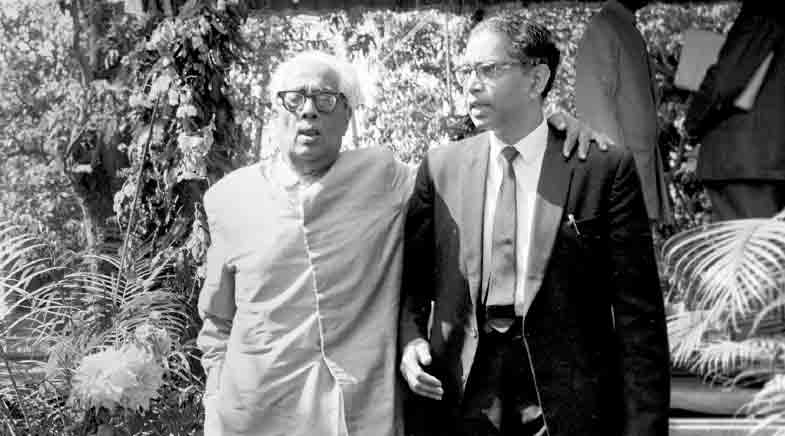
Rao worked at the Indian Statistical Institute (ISI) for nearly four decades and was its director for four years till 1976. When he joined the ISI in 1941, statistics was not considered an independent discipline and no university offered courses at the Master's level. Rao's contributions in the 1940s earned him a place in the history of statistics as one who'd contributed to the development of statistics as an independent discipline. His contributions to statistical theory and applications are well known, and many of his results, which bear his name, are included in the curriculum of courses in statistics at the Bachelor's and Master's levels across the world. Rao has been living in the U.S. since the early 1980s.
J.K. GHOSH
Jayanta Kumar Ghosh was the quintessential Renaissance man. He loved his statistics and mathematics, but was equally at home with history and literature. A keen reader, he could quote Proust, Twain and Tagore effortlessly. He commenced his research career in the 1960s by studying sequential analysis — a part of statistics in which data are evaluated as they are collected, not based on fixed sample size — while doing his PhD at the University of Calcutta. For the next six decades, he was among the most important statisticians in the world.
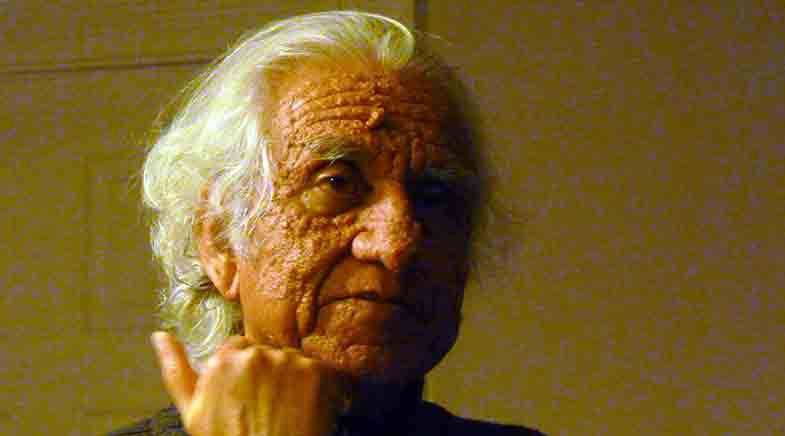
PHOTO: JYOTISHKADATTA/WIKICOMMONS
Ghosh worked at ISI till 1992, after which he moved to Purdue University. He was the Director of ISI from 1987 till 1992. He collaborated widely, and one of his most famous results came through collaboration with Rabi Bhattacharya of the University of Arizona. The theorem is on the validity of expansions in the so-called Edgeworth series, and their method is a way of controlling error in the central limit theorem, used in many fields to analyse complex data.
Have a
story idea?
Tell us.
Do you have a recent research paper or an idea for a science/technology-themed article that you'd like to tell us about?
GET IN TOUCH














